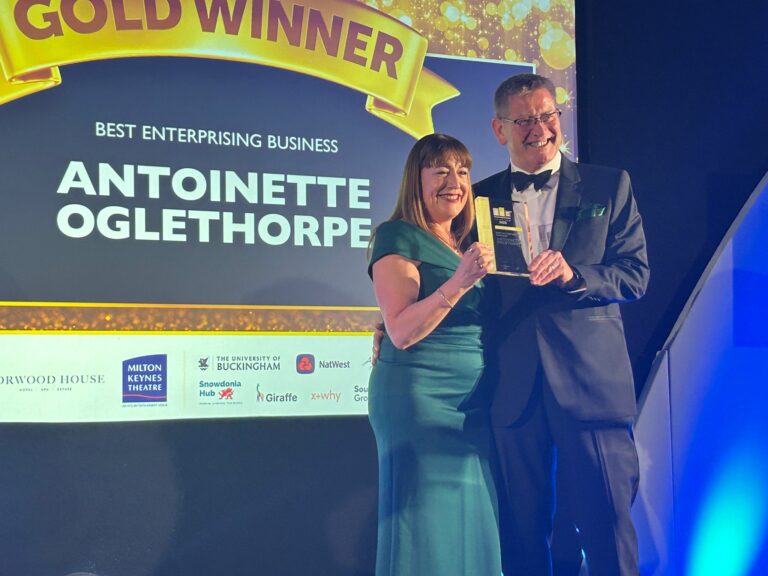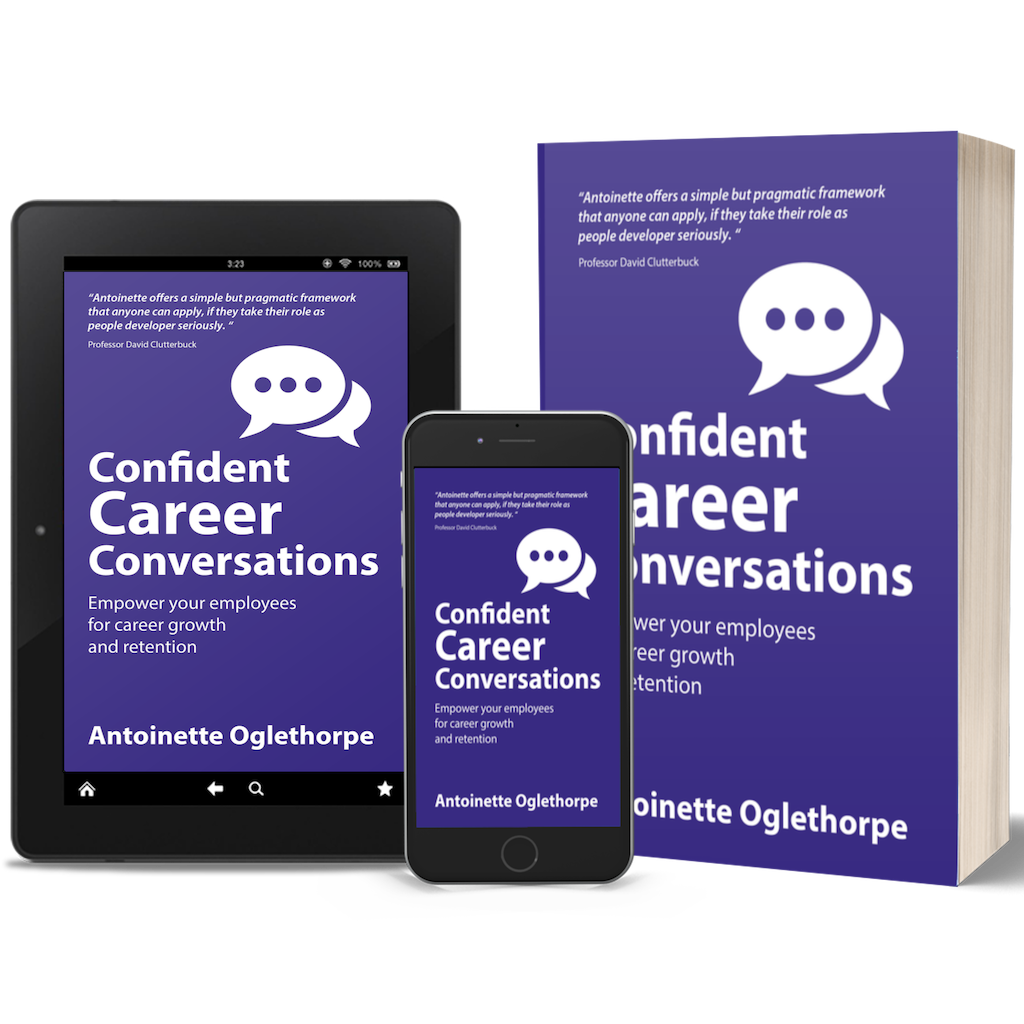Running lean has become the norm for many large organisations, particularly in the current challenging economic climate. While this operational efficiency brings cost benefits, it can also pose a significant challenge. As one of our readers recently asked: how do you balance the need for career development with the relentless demands of day-to-day operations? The challenge is not just about finding the time and resources but ensuring career development initiatives resonate with employees and deliver tangible value to operational excellence.
The good news? Career development doesn’t have to be an added burden. With the right strategies, it can be seamlessly integrated into the work employees are already doing. This approach – ‘development through work’ – empowers leaders to create opportunities for growth within existing roles while maintaining operational focus. Let’s explore practical strategies for achieving that balance between career development and operational excellence.
The Case for ‘Development Through Work’
People often think career development involves external training programmes or workshops that take employees away from their roles. While these can be valuable, they’re not always practical or necessary. ‘Development through work’ flips this model by embedding learning opportunities into daily tasks. The benefits include:
- Immediate relevance: Employees learn skills they can apply immediately, enhancing both individual and organisational performance.
- Time efficiency: Development doesn’t require extended time away from the desk.
- Engagement: Employees see their growth as integral to their work, fostering greater engagement and motivation.
Practical Strategies for Integrating Career Development
1. Prioritise career conversations
Career conversations—separate from performance reviews—are critical for fostering development. These discussions focus on employees’ aspirations, skills, and opportunities for growth, without the pressure of evaluating their current performance. By having regular, dedicated conversations about career development, leaders can:
- Understand employees’ long-term goals and align them with organisational needs.
- Identify skills employees wish to develop and create pathways for growth.
- Build trust and engagement by showing genuine interest in employees’ futures.
For example, a global organisation we worked with implemented quarterly career conversations for their teams. Managers used our structured Career Conversation Model and Toolkit to explore employees’ ambitions, discuss potential stretch assignments, and identify resources to support their growth. This initiative led to higher engagement and retention, as employees felt valued and supported.
2. Create stretch assignments
Stretch assignments – tasks that go beyond an employee’s current job scope – are a powerful tool for development. These opportunities challenge employees to step out of their comfort zones, fostering skills like leadership, problem-solving, and adaptability.
For instance, one of our clients in the financial services sector tasked mid-level managers with leading cross-functional initiatives. These assignments provided hands-on experience in collaboration and strategic thinking while delivering business value.
Key tips for implementing stretch assignments:
- Ensure the task is aligned with both the employee’s development goals and organisational priorities.
- Provide support and guidance to prevent overwhelm.
- Recognise and celebrate the employee’s contributions to reinforce the value of the experience.
3. Leverage mentoring and peer learning
Mentoring is a cost-effective way to support career development while fostering collaboration across the organisation. In addition to traditional one-on-one mentoring, consider:
- Reverse mentoring: Junior employees help senior colleagues develop new skills, such as leveraging digital tools.
- Peer learning groups: Teams share knowledge and solve challenges collectively, building expertise and camaraderie.
One notable example is our work with a global NGO, where we facilitated a mentoring programme for early-career professionals. By pairing them with seasoned mentors, participants gained insights into career planning and leadership, while mentors sharpened their mentoring skills—a win-win outcome. Helping the embedded career development culture which resulted in increased operational excellence through mutual skills development.
4. Use on-the-job coaching
Coaching doesn’t have to be a formal, time-intensive process. Managers can adopt a coaching mindset, using day-to-day interactions as opportunities to guide and support their teams. Practical approaches include:
- Asking open-ended questions to encourage problem-solving.
- Providing real-time feedback to reinforce learning.
- Helping employees reflect on successes and areas for improvement.
The Career Conversation Model we use in our programmes emphasises this approach. Managers learn how to have focused, purposeful discussions that help employees identify their strengths, aspirations, and areas for development – all within the context of their current work.
5. Make development a team priority
Career development shouldn’t rest solely on individual managers. Embedding it into team culture ensures it becomes a shared responsibility. Ways to achieve this include:
- Team development plans: Set collective goals for building skills and capabilities.
- Knowledge-sharing sessions: Regularly dedicate time for team members to share what they’ve learned from recent projects or training.
- Recognition of growth: Celebrate both individual and team achievements to reinforce the value of development.
One client in the tech industry implemented quarterly ‘development sprints’—short, focused periods where teams worked on specific skill-building initiatives. These sprints not only improved individual competencies but also enhanced team dynamics and performance.
Overcoming Common Barriers
Lack of time
Time is the most cited barrier to career development, especially in lean environments. To address this:
- Encourage microlearning: Bite-sized, focused learning sessions that can be completed in minutes.
- Schedule regular ‘development check-ins’ to keep progress on track without taking up extensive time.
Limited resources
When budgets are tight, creativity is key:
- Tap into internal expertise by creating opportunities for employees to learn from one another.
- Take advantage of free or low-cost online resources, such as books, webinars, podcasts, or e-learning platforms.
Engagement challenges
To ensure employees see the value of development initiatives:
- Link development goals to career progression opportunities.
- Regularly communicate the benefits of skill-building for both individuals and the organisation.
Ensuring your initiatives are clearly communicated and embedded within your culture at all levels, ensures your people understand and can take advantage of them, further accelerating operational excellence throughout the organisation.
Measuring Success
Balancing career development with operational excellence isn’t just a nice-to-have; it’s a strategic imperative. But how do you know if your efforts are working? Key metrics to track include:
- Employee engagement: Use surveys to gauge whether employees feel supported in their development.
- Retention rates: Development opportunities are a proven driver of employee loyalty.
- Skill development: Track the acquisition of critical skills through performance reviews or self-assessments.
For example, after investing in career conversations training for high-potential employees and their managers, one of our clients reported an 82% increase in career conversations. 92% of the employees said they felt more positive about their future post career development conversation and 62% of them said they were more likely to stay with the organisation as a result.
Creating a culture of growth and development
Integrating career development into day-to-day work is not just about balancing priorities; it’s about creating a culture where growth and performance go hand in hand. Career development doesn’t have to be a separate initiative. When done right, it becomes a natural extension of the work employees are already doing—a strategy that benefits individuals and organisations alike. And in a lean environment, that’s a win worth striving for.



